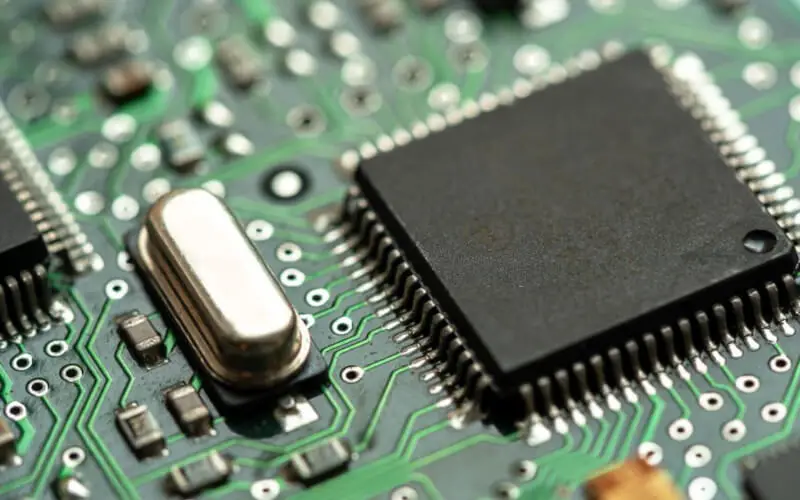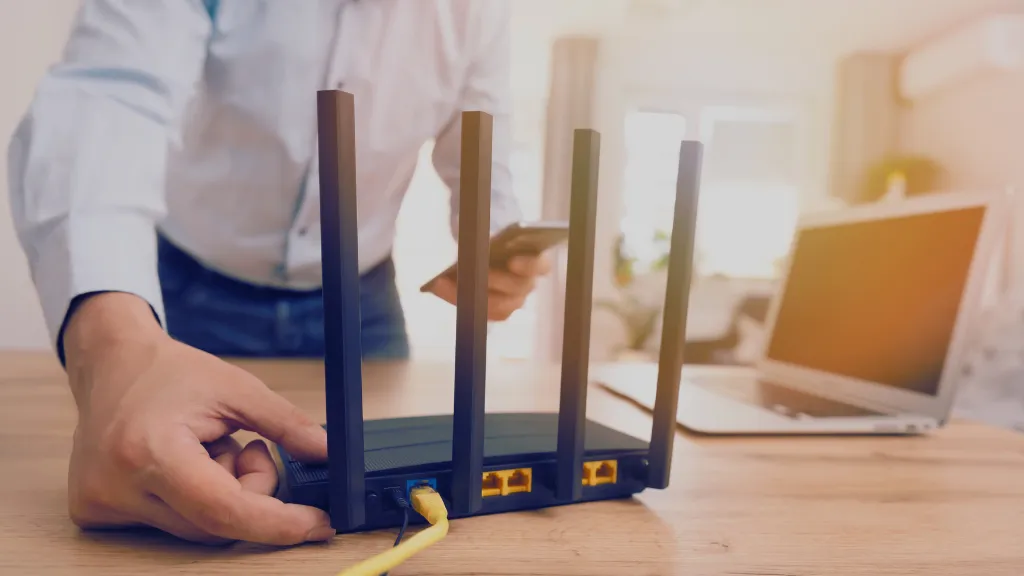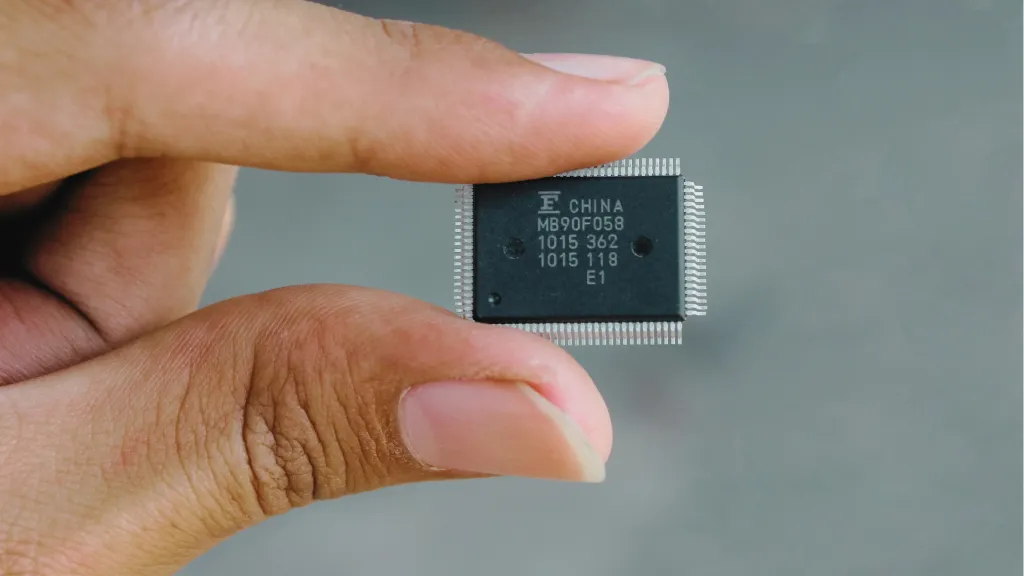As a computer user, you’ve probably encountered the frustration of a slow-running system. One common culprit for 100% CPU usage is “system interrupts.”
In this article, I’ll explain what system interrupts are, what causes them to use so much CPU time, and how you can troubleshoot and fix the issue.
What are System Interrupts?
When your computer’s operating system needs to communicate with a device or hardware component, it uses an interrupt process. Interrupts are requests for the CPU’s attention, allowing the CPU to pause its current task and attend to the request.
There are two types of interrupts: hardware interrupts and software interrupts. Hardware interrupts are requests from physical devices, such as a keyboard or network card. Software interrupts are requests generated by the operating system or an application.
System interrupts, also known as “interrupt service routines,” are a type of software interrupt. They handle requests from the operating system to perform a task or service, such as managing input/output operations or servicing a device. External events, such as user input or a device sending data, usually trigger system interrupts.
How to Identify High CPU Usage from System Interrupts?
If system interrupts are using a lot of CPU time, you may notice that your computer is running slower or experiencing lag. You can use the Task Manager on Windows or the Activity Monitor on Mac to check the CPU usage of individual processes.
To open the Task Manager on Windows, follow these steps:
- Right-click the Taskbar and select “Task Manager.“
- Alternatively, you can press “Ctrl + Alt + Delete.”
- Select “Task Manager” from the options.
To open the Activity Monitor on Mac, follow these steps:
- Click the “Finder” icon in the Dock.
- Click “Applications.”
- In the “Applications” folder, double-click the “Utilities” folder.
- Double-click the “Activity Monitor” icon.
Look for the “System Interrupts” process in the Task Manager or Activity Monitor. If it’s using a high percentage of CPU time, that could indicate an issue with system interrupts.
What Causes System Interrupts to Use High CPU Time?
There are a few common causes for high CPU usage from system interrupts. Some possible culprits include:
- A faulty or outdated device driver
- A malfunctioning hardware component, such as a failing hard drive or RAM
- A virus or malware infection
- A conflict between software programs
- A problem with the operating system itself
How to Troubleshoot and Fix the Issue?
If you’ve identified high CPU usage from system interrupts, there are a few steps you can take to troubleshoot and fix the issue.
Step 1: Check for Outdated or Faulty Device Drivers
Outdated or faulty device drivers can cause system interrupts to use excessive CPU time. You can use a tool like Driver Easy (for Windows) or Device Manager (for Windows and Mac) to check for outdated drivers.
To use Driver Easy, download and install the program, and then run a scan to see if there are any outdated drivers. If it finds any, you can update them with a single click.
To use Device Manager, follow these steps:
- On Windows: Press the “Windows + X” keys and select “Device Manager” from the menu.
- On Mac: Press the “Option + Command + I” keys and click “System Report.“
Step 2: Check for Malfunctioning Hardware Components
If updating your device drivers doesn’t fix the issue, the next step is to check for malfunctioning hardware components. A failing hard drive or RAM can cause system interrupts to use excessive CPU time.
To check for a failing hard drive, you can use a tool like CrystalDiskInfo (for Windows) or Disk Utility (for Mac). These tools will display the health status of your hard drive, and you can use them to identify any potential issues.
You can use a tool like MemTest86 (for Windows and Mac) to check for faulty RAM. MemTest86 will run a series of tests to check your RAM’s integrity, alerting you to any issues.
Step 3: Scan for Viruses and Malware
Viruses and malware can cause various issues on your computer, including high CPU usage from system interrupts. It’s important to regularly scan your system for these threats and remove them to keep your computer running smoothly.
To scan for viruses and malware, use Malwarebytes (for Windows and Mac) or your operating system’s built-in antivirus software. These tools will scan your system for any threats and remove them if they are found.
Step 4: Check for Conflicts Between Software Programs
If you’ve eliminated hardware issues and malware as the cause of high CPU usage from system interrupts, the next step is to check for conflicts between software programs. Sometimes, two programs can interfere with each other and cause issues with your system.
To check for conflicts between software programs, try disabling or uninstalling some programs you recently installed. If disabling or uninstalling a program resolves the issue, that program was likely causing the conflict.
Step 5: Check for Operating System Issues
If you’ve tried all of the above steps and still experiencing high CPU usage from system interrupts, there may be an issue with the operating system itself. In this case, you may need to perform a repair or clean install of the operating system.
A repair install will keep your files and installed programs, but it will replace any damaged system files. You must have a copy of your operating system installation media to perform a repair install. Follow the instructions for your specific operating system to perform a repair install.
A clean install will erase everything on your computer and install a fresh copy of the operating system. This process can be more time-consuming, but it can effectively fix operating system issues. Again, you will need a copy of your operating system installation media to perform a clean install.
Frequently Asked Questions
Why Is My CPU Suddenly On 100% Usage?
If your CPU suddenly spikes to 100% usage, it might be because a program demands too much processing power. This can slow the performance of other programs, so it’s crucial to investigate the cause of the high CPU usage.
For example, a newly installed program could cause it, or one could get stuck in an infinite loop. You should check your Task Manager to pinpoint which application is causing the issue and then look into how you can reduce its demands on your CPU.
Does RAM Affect CPU Usage?
RAM plays a vital role in improving your CPU usage, as it not only increases its ability to access and use files quickly but also makes it more efficient at performing various tasks. With more RAM, your computer can handle higher volumes of data and processes much more quickly.
Your CPU can run multiple programs simultaneously because of the fast RAM cycles. This means that larger complex tasks typically take significantly longer to finish and can be completed within a shorter period.
Ultimately, having more RAM equates to faster performance and better efficiency, so if you want your device to continue functioning optimally, aim for plenty of RAM.
Conclusion
I hope this article has helped you understand what system interrupts are and how to troubleshoot and fix high CPU usage from them. If you have any other questions or need further assistance, feel free to ask.






